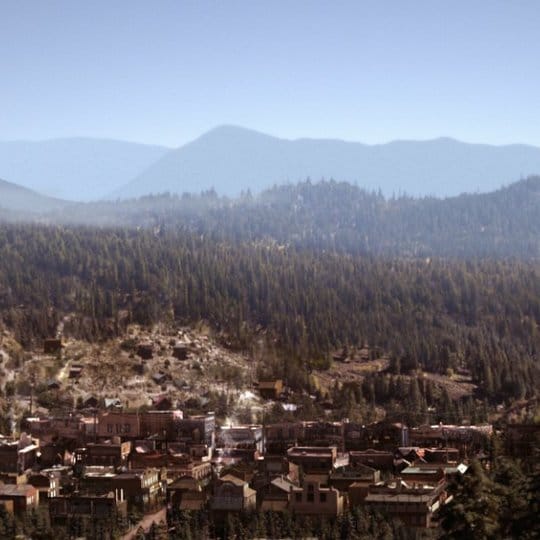With “Deadwood: The Movie,” HBO’s revisionist Western makes a welcome return. We talk to FuseFX’s Eric Hayden about revisiting its locations and characters.
Since series one, FuseFX has played a big part in adding visual effects to Deadwood's gritty, violent Western world. Now, the company is back on familiar territory — albeit with the added firepower of V-Ray for 3ds Max - for Deadwood: The Movie.
This eagerly awaited feature-length episode ties up loose ends and draws this revisionist Western adventure to a close. We spoke with Visual Effects Supervisor Eric Hayden about his background in effects, how FuseFX contributed to the show and some of the surprising ways V-Ray for 3ds Max was used.
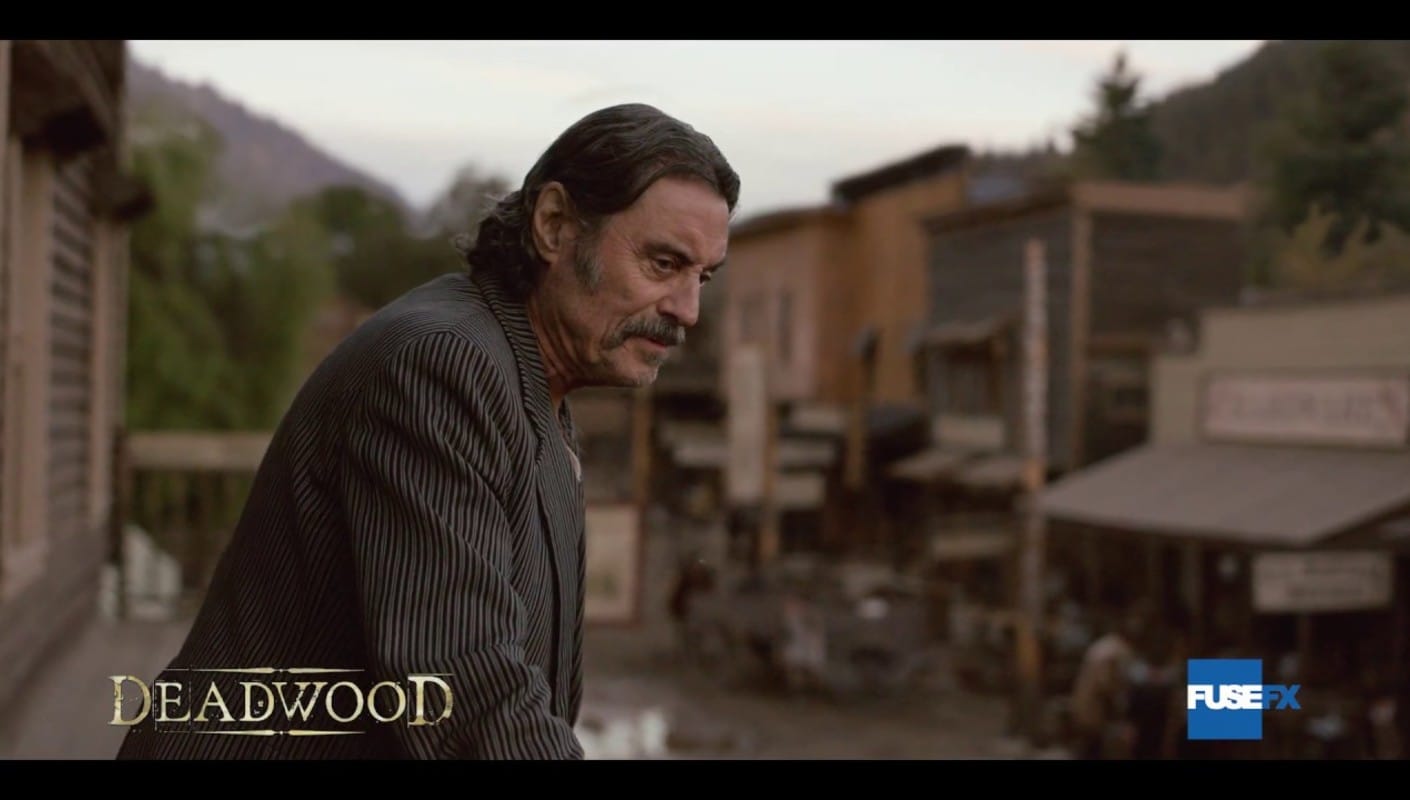

You started out in practical effects on movies such as A.I., Terminator 3 and Spider-Man. Why did you make the transition to visual effects?
I had many wonderful experiences working with practical effects — specifically, animatronics and miniatures. The call for that kind of work was decreasing, and when I made my own film, Astronaut: The Last Push, I began the process of learning VFX in order to complete it.
How did your practical experience translate into VFX?
The transition was much smoother than expected as I found compositing very similar to building models. It is a patient process of taking many parts and making them appear as one, seamless whole.
Working with practical effects also familiarized me with the process of capturing effects through the lens of the camera and how light and physics play together. I believe understanding the camera and how physical events, such as explosions and water, play in the real world is essential to visual effects.
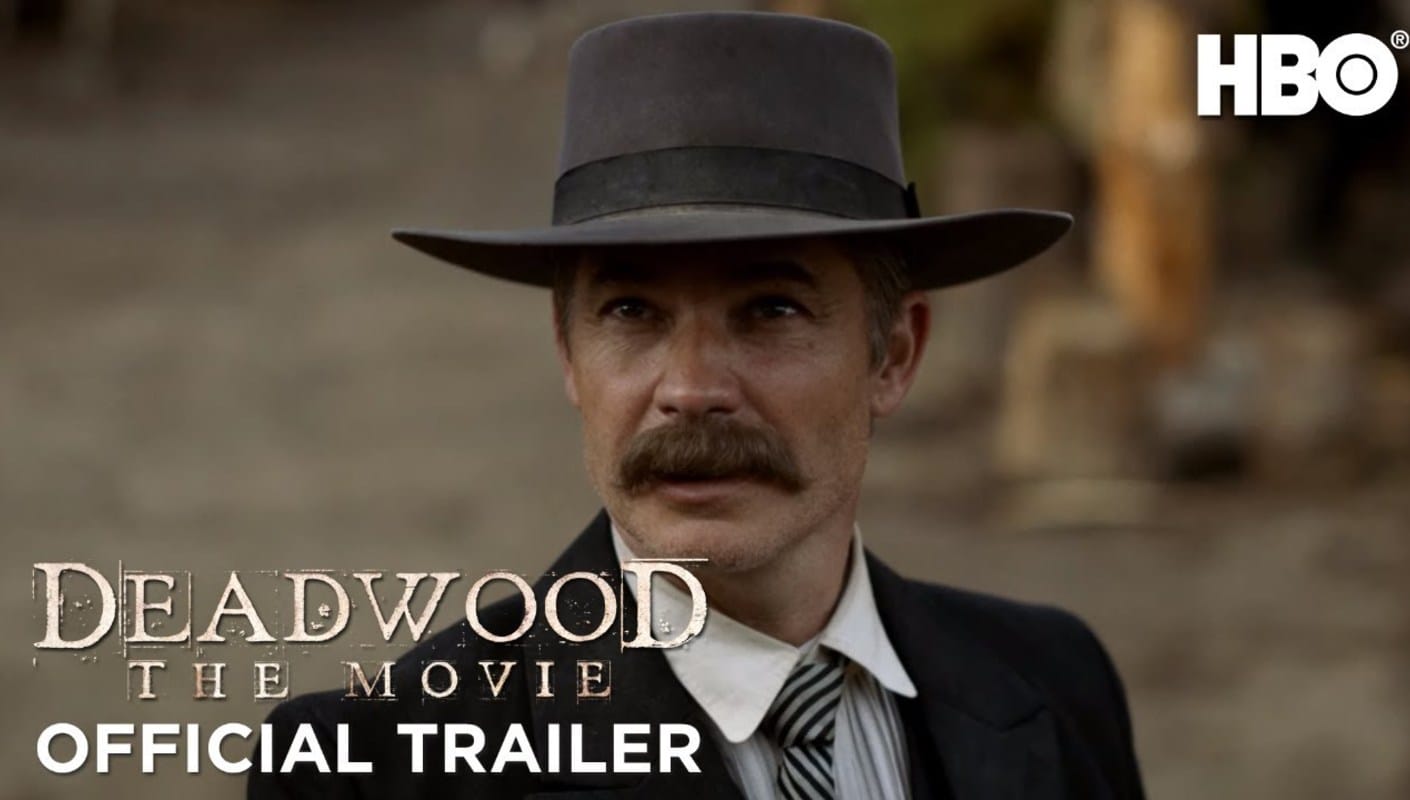

Deadwood was one of FuseFX's first shows. How did the TV series help to launch the company?
David Altenau worked as the visual effects supervisor for the original run of Deadwood. Tim Jacobsen served as the visual effects producer and Jason Fotter was the artist who finished nearly all of the shots for the show. The triad took the relationship and workflow they established and joined together to form the company that would eventually become FuseFX.
Can you tell us what’s changed in the world of Deadwood since the final episode and the movie?
In the ten years that passed between the final episode and the movie the town of Deadwood was destroyed by fire and rebuilt. One of the concepts we tried to create was that any new buildings would have been made from stone and not wood. The Bullock and Star Hotel is made of masonry, as are the buildings around new sections of the town, such as the area around its first train station. Electric lights have made their way throughout the town, even though some torches still burn at night.
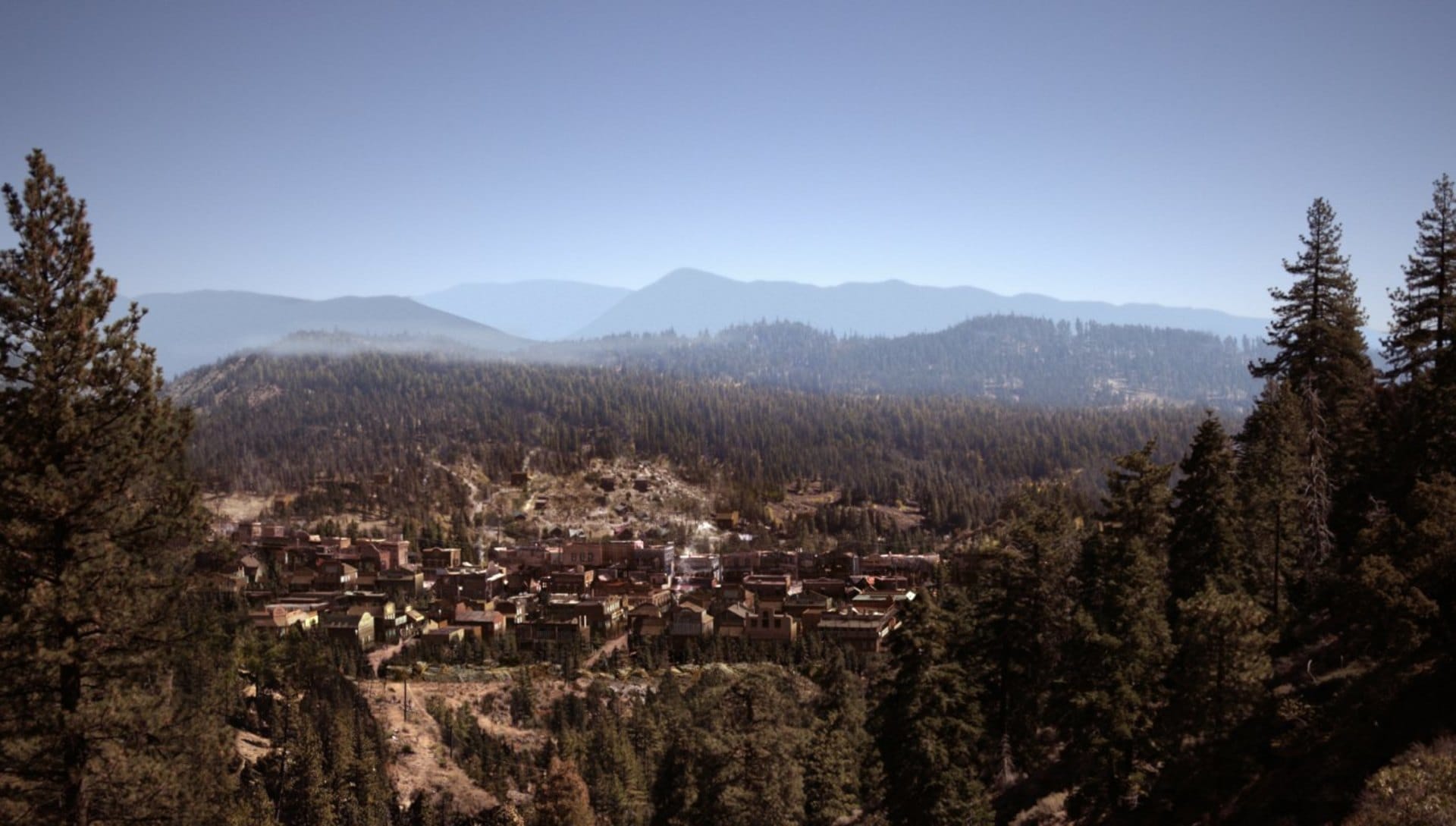
Also, the town has expanded deeper into the valley and up onto the hills. The steep hills that immediately surround the Thoroughfare have been denuded, and new structures are seen around the town. We had to keep the layout of the town so that it would feel familiar to the show, but also show the changes.
Did FuseFX have opportunity to make Deadwood even more cinematic for the movie?
We did have the chance to create effects for the film to expand the cinematic vision of the show, such as the train that opens the film. However, we also worked very hard to honor the look that was established in the series. In fact, there were several shots that we re-did for the film that were exact matches to how they played in the series. Those were fun because we were able to use the original assets that were developed for the series.
Matt Rappaport, our primary CG environment artist, did such a brilliant job creating the landscape for those shots that the location manager reached out to me to ask where the plates for those scenes were filmed!
Eric Hayden, Visual Effects Supervisor, FuseFX
Which shots did you work on specifically? Any personal favorites?
The train shots, in the beginning, were a lot of fun to watch develop with the team. Matt Rappaport, our primary CG environment artist, did such a brilliant job creating the landscape for those shots that the location manager reached out to me to ask where the plates for those scenes were filmed!
We also did set extensions in nearly every shot that takes place outside in the Thoroughfare. Of course, we also had fun removing Al Swearengen's finger throughout the film, and I am very fond of the work that everyone did in creating and integrating the snow that falls throughout the end of the film.
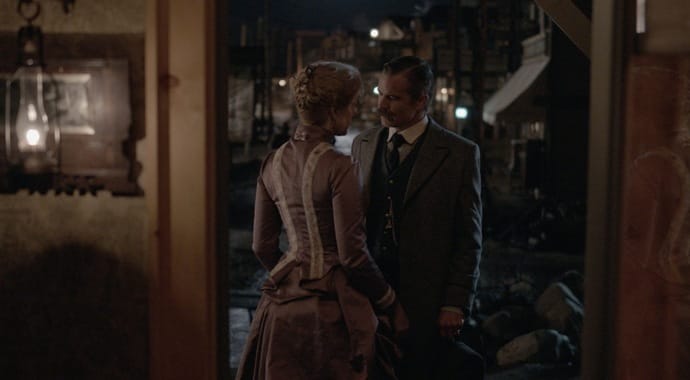
Courtesy of FuseFX and HBO

Which shots do you think the audience will be surprised to find out contain VFX elements?
If you watch the scene where Hearst stands on the balcony and challenges Bullock on the Thoroughfare below, you would presume that the blood and wound elements are VFX. But you might not realize that every shot in that sequence also involves very intricate set extensions, including the hills and trees as well as the entire third floor of the Bullock and Star Hotel.
Were any of the assets from the original show used in the movie?
Yes, we did use some of the set extension assets that were generated for the original show in order to recreate shots that were used in the flashback moments that play throughout the film. However, as much of the geography of the town was no longer the same as it appeared in the show, we did create new assets for the rest of it.
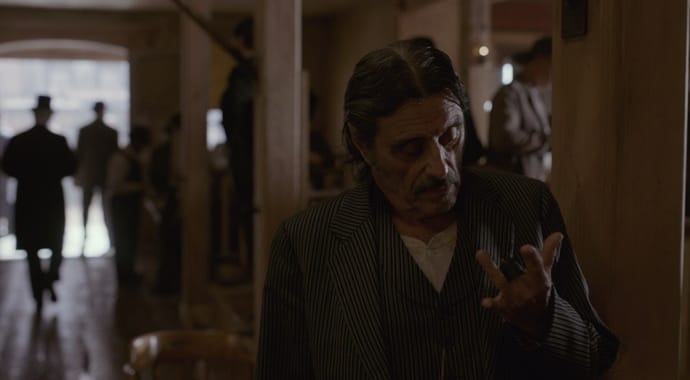 Courtesy of FuseFX and HBO.
Courtesy of FuseFX and HBO.Courtesy of FuseFX and HBO
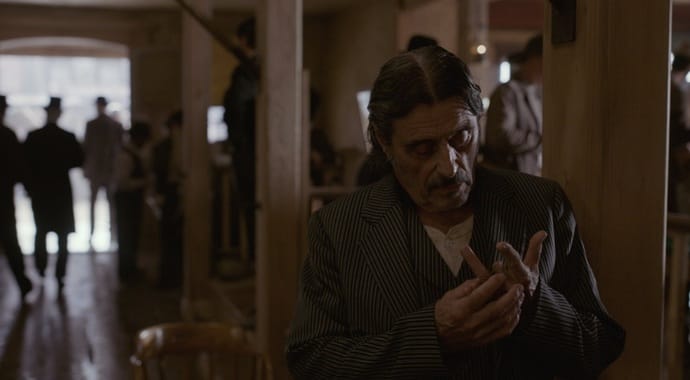 Courtesy of FuseFX and HBO.
Courtesy of FuseFX and HBO.Can you talk about how your tools and pipelines have changed during the decade between the Deadwood's last episode and the movie?
What was once three friends working together to help complete the series is now many people working across Los Angeles, New York and British Columbia to service over fifty shows and films at a time. As a result, our pipeline has become incredibly robust and it's been designed to provide an efficient flow of information and assets between artists, producers, and supervisors.
The train shots in the movie are incredible. Could you tell us how they were created?
The trains were a fun collaboration, starting with director Dan Minihan's desire to show technology bursting through nature. At FuseFX, we created multiple pre-vis versions of the animation and layout of the shots so we could work with Dan to get the exact feel of the speed of the train, as well as the camera placements and layout of the landscape.
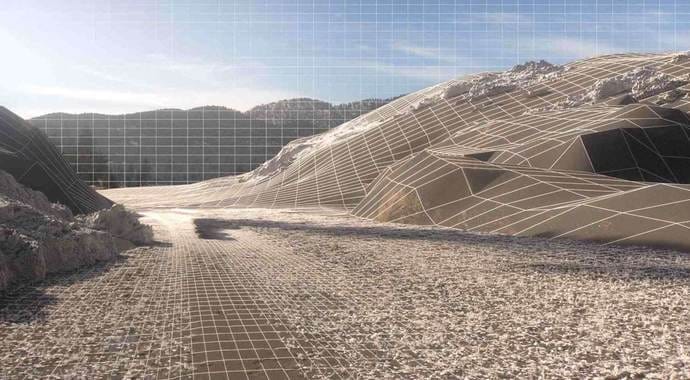
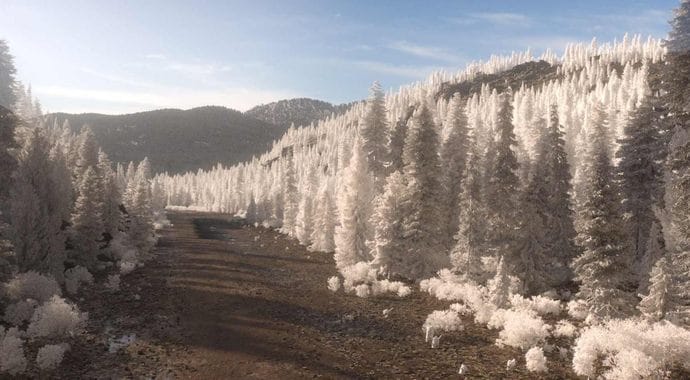
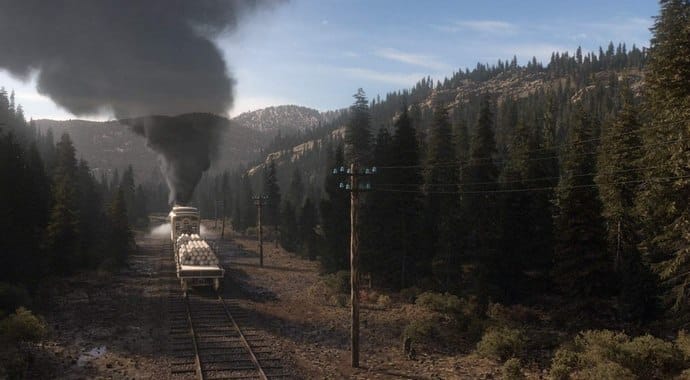
Courtesy of FuseFX and HBO
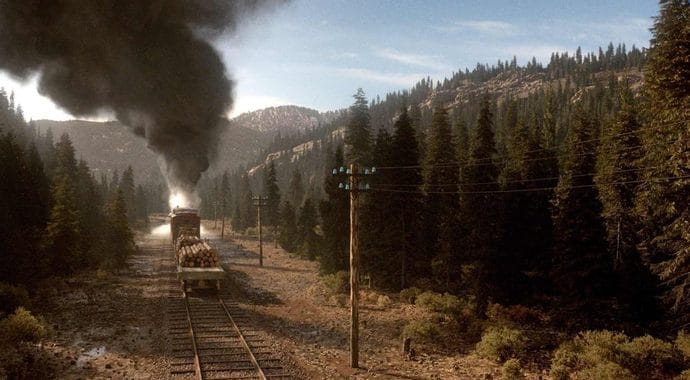
The model itself was built to match the practical train engine and cars that were present on set for the station scenes. The CG modelers and animators painstakingly recreated every bolt and texture based on the real train. Environmental artists worked in 3ds Max and made use of Forest Pack to create the photoreal landscape. Finally, the FX team based the smoke and steam shots on volumes of research and images of trains contemporary to the 1880s.
V-Ray does an excellent job of rendering assets that make it easy for the compositing team to tie all the pieces together.
Eric Hayden, Visual Effects Supervisor, FuseFX
How does V-Ray help with this kind of effects work?
V-Ray does an excellent job of rendering assets that make it easy for the compositing team to tie all the pieces together. The quality of the renders, and how light plays between each element, all blend seamlessly.
What are the key V-Ray features you made use of?
V-Ray proxies are always a big help for our pipeline when dealing with large scenes. They make it easy to keep file sizes down and our viewports fluid. Chaos Group also has a great relationship with the plugin community, so we're able to keep everything updated and rendering with the latest versions. On this project, we used several plugins, including Forest Pack, RailClone and GrowFX, which all contributed to the success of the shots.
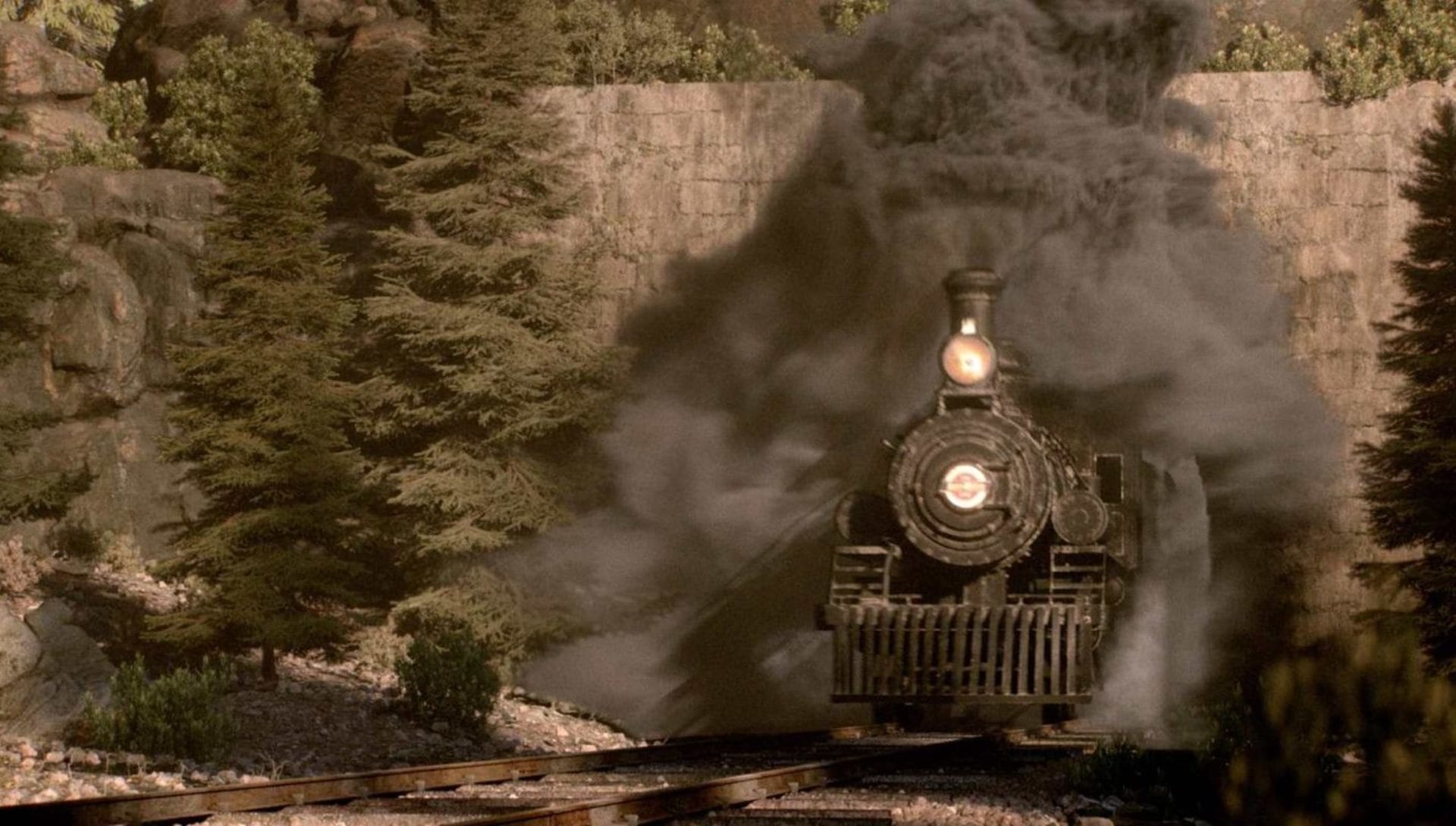
How were the deadlines on the movie compared to your work on TV shows — and did V-Ray help you to hit them all?
The feature schedule is very different from TV. Many times the turnaround from plate turnover to final delivery in TV can be as short as two weeks. Features are much slower with many different cuts that need to have works in progress in place. V-Ray always helps us reach deadlines in all cases.
How does the studio feel about bringing Deadwood to a close?
There is a sense of melancholy with closing such a great story. However, there is also a great sense of satisfaction to get the opportunity to help tell that final chapter.
What can we look forward to next from FuseFX?
We are knee-deep in everything right now. The TV season is going to be full of great work from FuseFX, and much of it rendered from V-Ray!
Want to light a fuse on your own explosive effects? Try V-Ray for 3ds Max free for 30 days.

